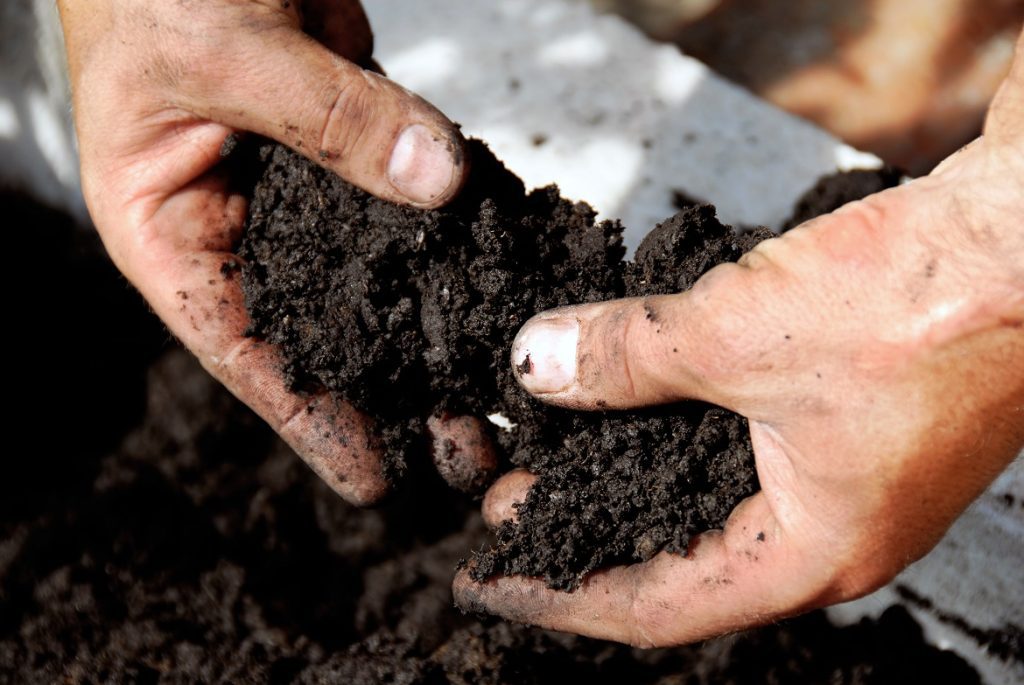Farmers can employ various practices and strategies to maintain fertile land and ensure long-term soil health. According to a study published on the website of the United Nations Food and Agriculture Organisation (FAO), here are several ways that farmers can achieve this:
1. Crop rotation: Alternating the types of crops planted in specific fields, each season, helps prevent the depletion of nutrients and reduces the buildup of pests and diseases.
2. Cover crops: Planting cover crops, such as legumes or grasses, during fallow periods or between cash crops, can protect the soil from erosion, improve organic matter content, and fix nitrogen.
3. No-till or reduced tillage: Reducing or eliminating traditional tilling practices helps preserve soil structure, reduce erosion, and enhance moisture retention.
4. Organic matter: Incorporating organic matter, like compost or well-rotted manure into the soil, improves its nutrient content and enhances its ability to retain water.
5. Conservation tillage: Practices like strip-tillage or ridge-tillage minimise soil disturbance while maintaining residue cover, which can improve soil structure and moisture retention.
6. Proper irrigation: Implementing efficient irrigation methods and technologies, such as drip irrigation or soil moisture monitoring, helps prevent waterlogging or drought stress in crops.
7. Nutrient management: Carefully managing fertilizer application to match crop nutrient needs reduces excess nutrient runoff, which can pollute waterways and harm soil health.
8. Soil testing: Regular soil testing allows farmers to monitor soil nutrient levels and adjust fertilizer applications accordingly by preventing overuse of certain nutrients.
9. Crop diversity: Growing a diverse range of crops can help improve soil health by diversifying root structures and nutrient demands.
10. Integrated pest management (IPM): Implementing IPM practices reduces the need for chemical pesticides and encourages the natural balance of pests and beneficial organisms in the soil.
11. Terracing and contour farming: In hilly or sloping terrain, terracing and contour farming practices can minimise soil erosion and retain moisture.
12. Windbreaks: Planting windbreaks or shelterbelts of trees and shrubs can protect fields from wind erosion and create microclimates that benefit soil and crops.
13. Soil erosion control: Installing erosion control measures, such as grassed waterways, sediment basins, and silt fences, help prevent soil loss during heavy rainfall.
14. Crop residue management: Leaving crop residues on the field after harvest helps protect the soil from erosion, retains moisture, and adds organic matter as they decompose.
15. Regular monitoring: Regularly assessing soil health through soil tests and visual inspection enables farmers to detect issues early and take corrective actions.
16. Education and training: Staying informed about best practices and attending agricultural extension programmes can provide farmers with latest knowledge and techniques for maintaining fertile soil. By implementing these practices and continuously monitoring and adapting to changing conditions, farmers can ensure the long-term fertility and sustainability of their land.

